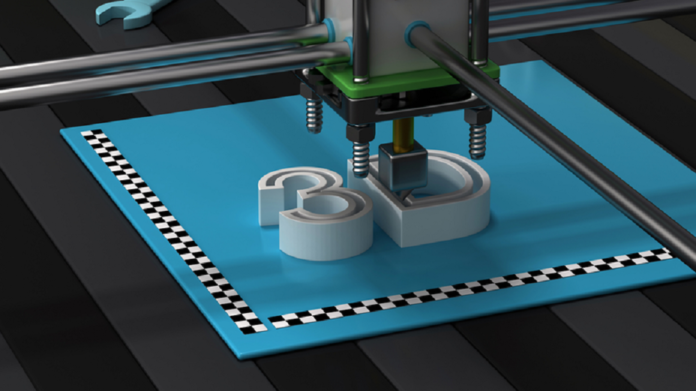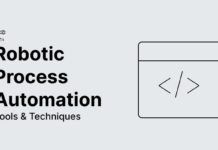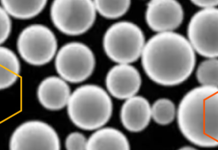3D printing, since its inception, has affected virtually every field. This influence, touching fields such as the manufacturing industry, healthcare industry, aerospace industry etc. can be clearly seen in how different things are presently being done.
It has also affected technology disrupting several processes and changing both the pace at which technology is developing and the direction it’s headed. Today, we will see how exactly 3D printing will change technology.
What is 3D Printing?
3D printing is defined as a technique that uses additive manufacturing technology to create three-dimensional objects from a digital model contained in a computer-aided design (CAD). The process generally involves the use of raw materials such as thermoplastics, polymers, metal, or even human tissues. The material being used, through the guide of a nozzle head, is heated and sliced into two-dimensional plans and then deposited layers by layers until the product is finished.
Benefits of 3D Printing to Technology
3D printing holds several benefits for every aspect of human lives including technology. In the days to come, 3D printing will change technology in the following ways:
- Quality Improvement
As the days get better and 3D printing gets infused into technology and how it’s used, we’ll witness improved qualities in the types of technologies we develop and, improve quality in the final products made with these technologies.
Industries with new and better technologies aided by 3D printing will manufacture more optimum products. This eliminates the need to produce excess parts which would increase production, time, and cost.
- Cost Reduction
The cost of production, using traditional production models is currently high because of the need to always manufacture products in bulk, setting up large expensive factories, hiring thousands of workers at separate stages, and transporting finished products to the final consumers.
3D printing will aid technologies which’ll eliminate all of the above in a single sweep.
- Increase in Speed
Production time includes everything from when the product is first designed to when the final product reaches the consumer. Production time is calculated in months and is considered slow, especially for goods that are necessities.
3D printing makes it so only a few minutes or a few hours will let you manufacture commodities. Giving people the technology to manufacture something in their homes also means more ingenuity will come of manufacturing. This in turn will lead to faster production.
Conclusion
We expect 3D printing to change everything. And, we’re expecting that it’ll change technology enough to show a significant improvement in quality, increased production time, and reduced production cost.








